- Home
- slideshows
- miscellaneous
- The outbreaks of both the Wuhan coronavirus and SARS started in Chinese wet markets. Photos show what the markets look like.
The outbreaks of both the Wuhan coronavirus and SARS started in Chinese wet markets. Photos show what the markets look like.
The Huanan Seafood Market in Wuhan closed January 1, after it was found to be the most likely starting point for the outbreak of this coronavirus, also called 2019-nCov.

Reports indicate that before the Huanan market closed, vendors there sold processed meats and live consumable animals including chickens, donkeys, sheep, pigs, camels, foxes, badgers, bamboo rats, and hedgehogs, as well as reptiles like snakes.

Wet markets like Huanan are common around China.
On Wednesday, Wuhan authorities banned the trade of live animals at wet markets.

Police in Wuhan began conducting checks to enforce the rule among the city's roughly 11 million residents, the BBC reported, citing state media reports.
This type of intervention could help stop to spread of zoonotic viruses like the Wuhan coronavirus.

"One intervention, which is fairly simple, is just reducing the wildlife trade and cleaning up the wildlife markets," Olival told National Geographic. "Cutting back the wildlife trade has a win-win effect of both protecting species that are harvested from the wild and of reducing spillover of new viruses."
The close proximity of shoppers to stall vendors and live and dead animals in wet markets make them prime breeding grounds for zoonotic diseases.

Between 2002 and 2004, SARS killed 774 people across 29 countries. It originated in Guangdong's wet markets.
In the case of SARS, humans caught the virus from weasel-like mammals called masked palm civets.
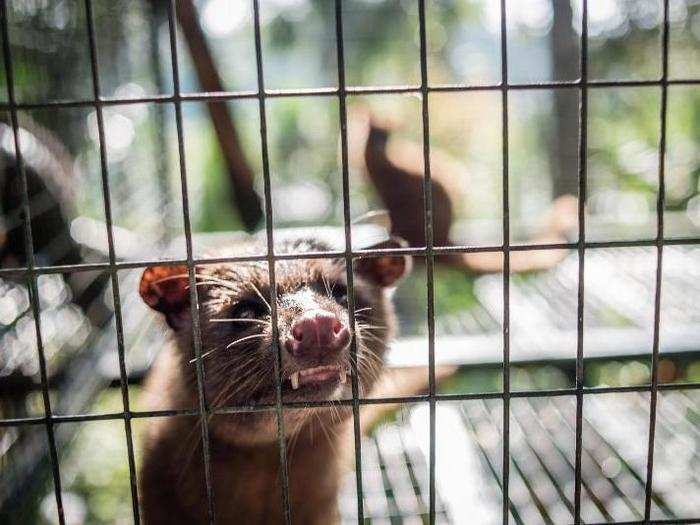
But the civets weren't the original hosts of the disease.
Researchers figured out that SARS originally came from a population of bats in China's Yunnan province.
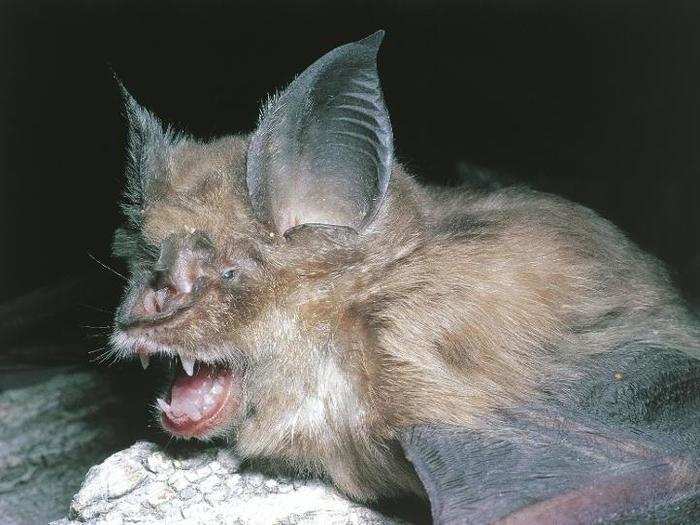
"Coronaviruses like SARS circulate in bats, and every so often they get introduced into the human population," Vincent Munster, a virologist at the Rocky Mountain Laboratories, told Business Insider.
Bats can pass along viruses in their poop: If they drop feces onto a piece of fruit that a civet then eats, the civet can become a disease carrier.
Experts haven't yet identified the animal species that enabled the Wuhan coronavirus to spread to people.
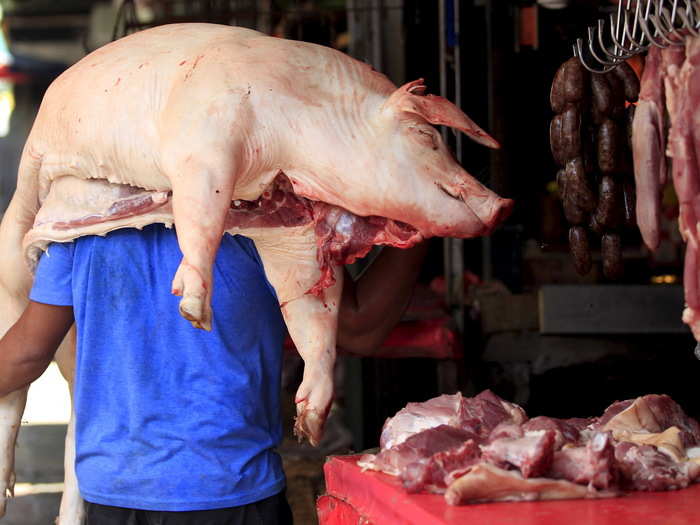
"There's an indication that it's a bat virus, spread in association with wet markets," Munster said. "But we don't know which animal species is the amplifier, or intermediate host."
According to a group of scientists who edit the Journal of Medical Virology, the culprit in this case could be the Chinese cobra.
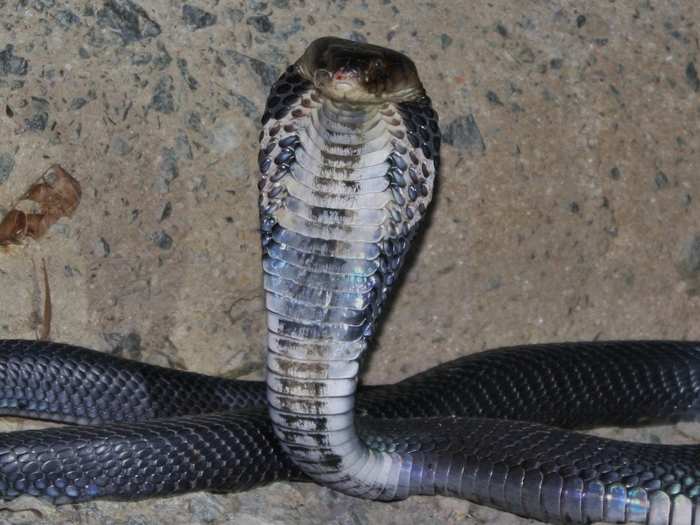
Scientists in China have figured out the genetic code of the Wuhan coronavirus. When researchers compared it to other coronaviruses, they found it to be most similar to two bat coronavirus samples from China.
But further analysis revealed that the genetic building blocks of the Wuhan coronavirus more closely resemble that of snakes. According to the researchers, the only way to be sure of where the virus came from is to take DNA samples from animals sold at the Huanan market and from wild snakes and bats in the area.
The H7N9 and H5N9 bird flus — also zoonotic viruses — were likely transmitted to humans in wet markets, too.
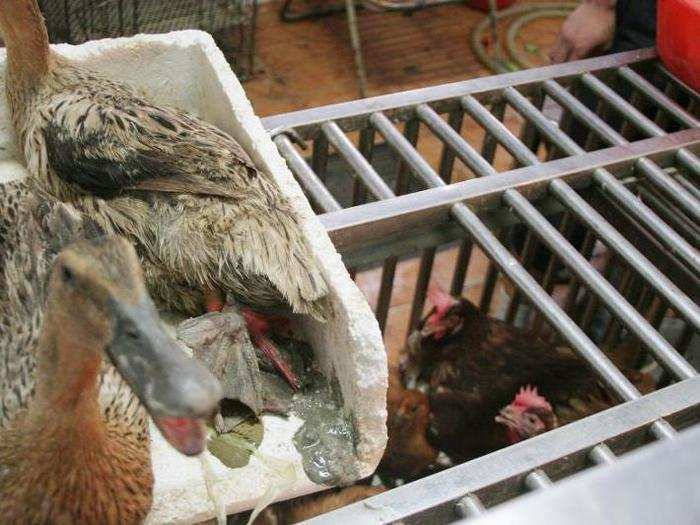
According to the World Health Organization, people caught those bird flus via direct contact with infected poultry in China. The diseases killed a collective 1,000 people globally.
Bats and birds are considered reservoir species for viruses with pandemic potential, according to Bart Haagmans, a virologist at the the Erasmus Medical Center in Rotterdam, Netherlands.

"Because these viruses have not been circulating in humans before, specific immunity to these viruses is absent in humans," Haagmans told Business Insider.
"There have been plenty of eminent epidemiologists predicting 'pandemic X' for a number of years now," Adrian Hyzler, the chief medical officer at Healix International, told Business Insider.

These pandemics "are more likely to originate in the Far East because of the close contact with live animals [and] the density of the population," Hyzler added. His firm offers risk-management solutions for global travelers.
The Wuhan coronavirus outbreak isn't currently considered a pandemic, however.

Since December, 544 cases of the Wuhan coronavirus have been reported across six countries, including the US. Symptoms include sore throats, headaches, and fevers, as well as pneumonia-like breathing difficulties.
Haagmans said one of the challenges in containing this outbreak is that a substantial portion of infected people show only mild symptoms.
These individuals "may go unnoticed in tracing the virus and fuel the outbreak," he said, adding, "it seems that this actually may be the case now."
Aria Bendix contributed reporting to this story.
Popular Right Now
Popular Keywords
Advertisement